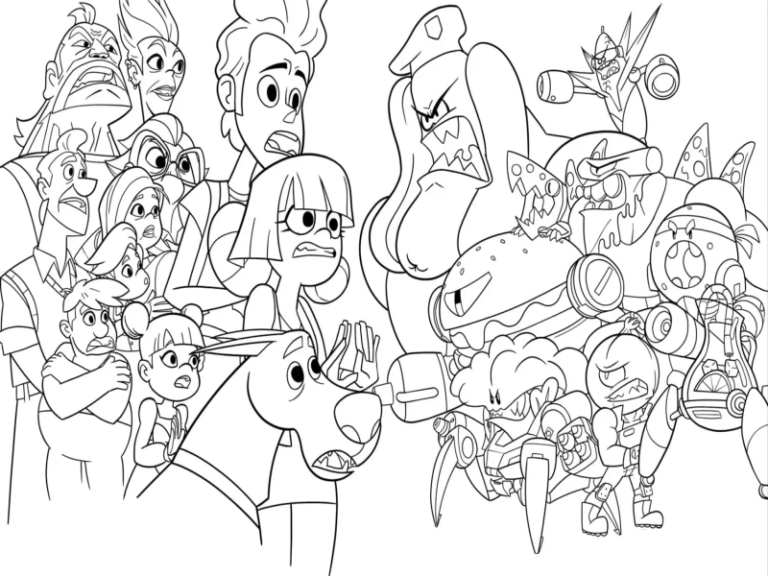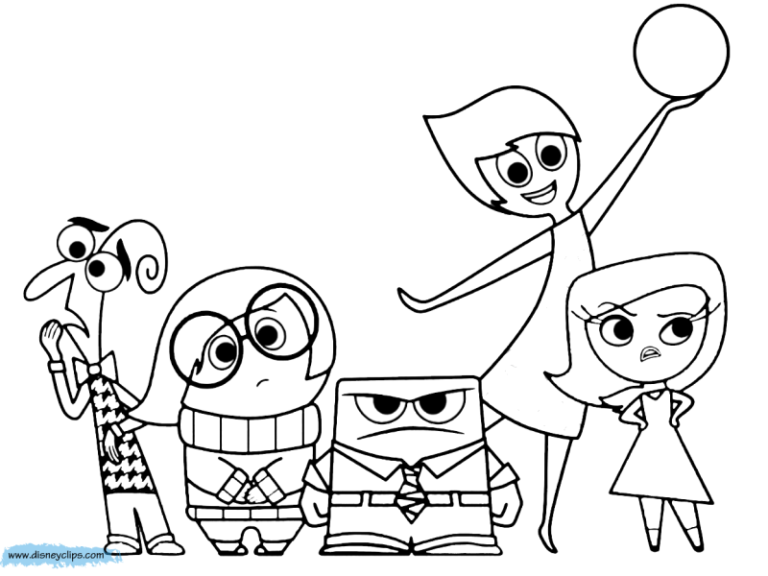What Color Mediums Are Best For Coloring Pages?
The choice of color mediums plays a crucial role in bringing your coloring pages to life. So, what color mediums are best for coloring pages? Did you ever ask this question? If so, today you will get the answer to this question in our detailed article. Let’s start.
Why Choosing the Right Color Medium Matters?
Choosing the right color medium for your coloring pages is essential for achieving the desired aesthetic and overall quality of your artwork. Each color medium option has pros and cons when it comes to coloring pages. Here is a detailed explanation of why the choice of color medium matters.
Impact on Final Design
Different color mediums can create a variety of effects that can either enhance or detract from your coloring pages. For example, colored pencils are ideal if you seek precision and fine details.
On the other hand, markers let you blend some boldness into your design, but they may bleed if you are using thinner papers for your artwork.
Watercolors, while they can produce soft, blended washes of color, require a different technique and paper type to avoid warping. That is why you think of the impact on the final decision when selecting the color medium for coloring pages.
Blending and Shading
When it comes to coloring, blending and shading are crucial for adding depth and dimension to your design. Similar to the impact on the final design, let’s consider a few color mediums and talk about how they matter.
Colored pencils are particularly favored for their layering capabilities, allowing you to build up color gradually and create smooth transitions. Markers, especially alcohol-based ones, can also blend well when applied quickly and layered correctly, creating vibrant gradients. Watercolors offer a unique blending experience, enabling colors to mix and flow together organically when wet.

Vibrancy and Color Intensity
The vibrancy of your colors is influenced heavily by the medium you choose. Markers and certain types of colored pencils can deliver intense, saturated colors that stand out vividly on the page.
In contrast, crayons may produce softer hues that can appear somewhat muted, but they allow for interesting textural effects. Watercolors can vary widely in vibrancy, depending on the pigment concentration and application method.
What Color Mediums Are Best for Coloring Pages?
When it comes to coloring pages, the best color mediums include the following options. Since we talked about four main mediums, let us consider all four for the answer.
- Colored Pencils: Ideal for precision, blending, and fine details. They allow for layering and smooth transitions.
- Markers: Great for bold, vibrant colors. Alcohol-based markers blend well but can bleed through thinner paper.
- Crayons: Fun and easy to use, they provide a unique texture but offer softer color intensity.
- Watercolors: Perfect for soft, blended washes. They require practice and suitable paper to avoid warping.
Downside of Not Using the Right Color Medium for Coloring Pages
Here are the drawbacks of not using the right type of color medium for your coloring pages.
- Using inappropriate mediums can result in dull or muted colors. For example, crayons might not provide the vibrancy needed for detailed designs. This will make the artwork less visually appealing.
- Some mediums, like certain markers or crayons, can be challenging to blend smoothly. This limitation can result in harsh lines and a lack of depth.
- If you use a medium that doesn’t allow for fine detail work, such as thick paintbrushes on intricate designs, you may end up covering important elements of the artwork.
- The wrong choice of medium can damage the paper. For example, watercolors on thin paper can cause warping.
- Struggling with the wrong medium can lead to frustration and dissatisfaction with the coloring process.
Related: How to Create a Coloring Page?
How to Color a Coloring Page Digitally?
Well, let’s change our focus to how to color a coloring page digitally without using the mediums we discussed before. Coloring pages can be transformed into vibrant digital art through a few simple steps.
First, choose your illustration software, such as Adobe Photoshop, Procreate, or free alternatives like GIMP or Krita. If you have a physical coloring page, scan it at a high resolution (300 DPI or higher) or download a high-quality image from a reliable source. Visit freeartflick.com to find awesome free-to-use coloring pages.
Open the image in your chosen software and create separate layers for different colors or sections, keeping the line art on the top layer for visibility.
Select an appropriate brush tool based on the desired effect; options include basic round brushes for flat colors, textured brushes for depth, and airbrush tools for soft gradients. Decide on a color palette beforehand, using online tools like Adobe Color for harmony.
Start coloring by filling large areas with flat colors, then blend and shade using softer brushes. Utilize selection tools for precision to correct any mistakes and refine your coloring.
After applying flat colors, enhance your artwork by adding details, highlights, shadows, and textures to create a unique look. Regularly save your work in the software’s native format to preserve layers, and export your final piece as a PNG or JPEG for sharing or printing.
Finally, zoom out to review your artwork and make any necessary adjustments. Digital coloring provides a versatile and forgiving approach to creativity, allowing you to experiment with various techniques while bringing your coloring pages to life. Enjoy the process and embrace your artistic expression!







